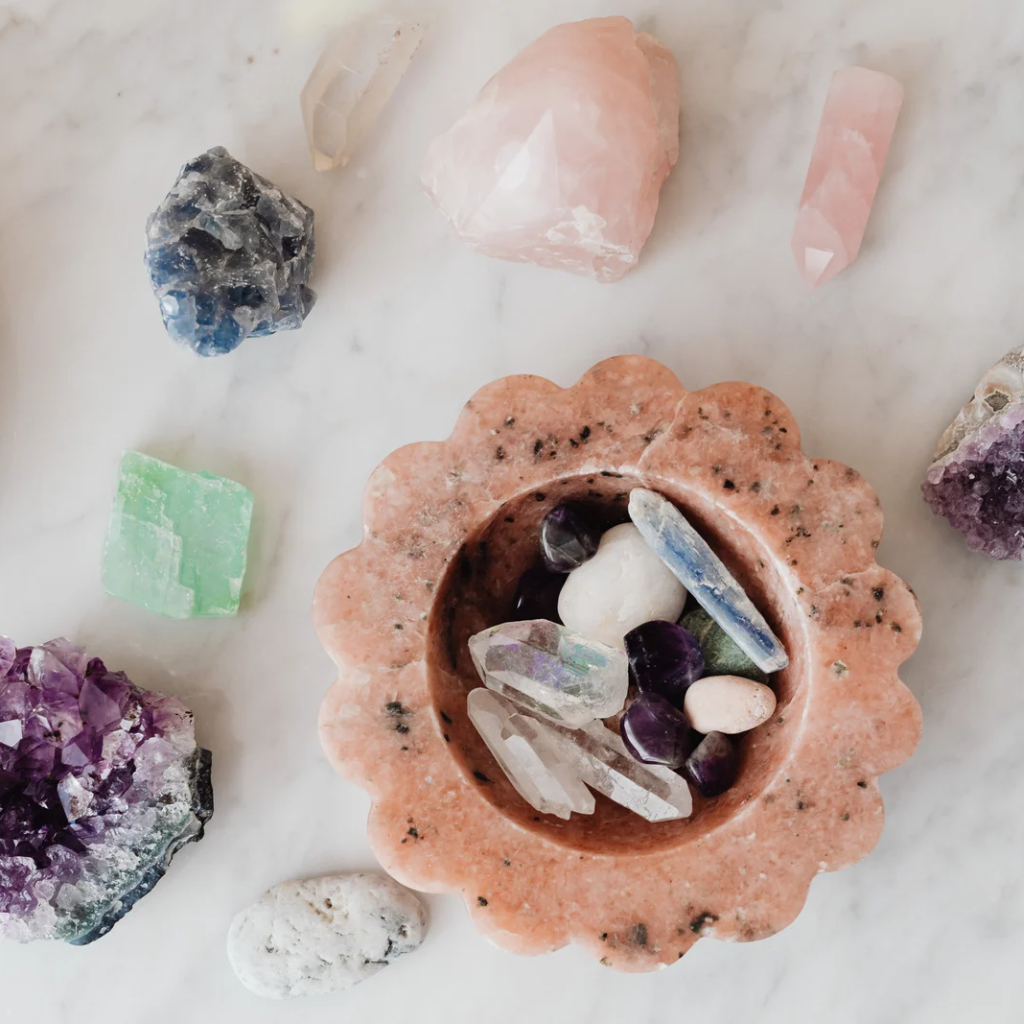WEDOYOGA Tips On How To Use Essential Oils In Yoga

In recent years, essential oils have gained popularity for their numerous health benefits and their ability to enhance well-being. When combined with the practice of yoga, essential oils can provide a multi-sensory experience, deepening your connection to your body, mind, and spirit. In this blog post, we will explore some tips on how to use essential oils in your yoga practice to elevate your overall experience.
1. Choose the Right Essential Oils
Selecting the right essential oils is crucial to enhance your yoga practice. Different oils have different properties, and each can evoke specific emotions or sensations. For example, lavender oil promotes relaxation and calmness, while peppermint oil can invigorate and energize. Experiment with various oils and find the ones that resonate with you and support your intentions for your yoga practice.
2.Diffuse Essential Oils
Using an essential oil diffuser during your yoga practice can create a soothing atmosphere. Diffusing oils like eucalyptus, frankincense, or citrus blends can purify the air and enhance your focus and concentration. Place the diffuser near your mat or in the corner of the room to experience the aromatic benefits throughout your practice.
3. Topical Application
Applying essential oils topically can help you connect with the essence of the oil and enhance your physical experience during yoga. Before starting your practice, dilute a few drops of essential oil with a carrier oil, such as coconut or jojoba oil, and massage it onto your wrists, neck, or temples. The gentle aroma will accompany you throughout your practice, promoting a sense of grounding and relaxation.
4. Create a Personalized Mat Spray
Crafting a DIY mat spray with essential oils adds a personal touch to your yoga routine. Combine distilled water, witch hazel or white vinegar, and a few drops of your preferred essential oil into a spray bottle. Lavender, tea tree, or a blend of citrus oils are popular choices for their antibacterial and refreshing properties. Spritz your yoga mat before and after each session to maintain cleanliness and enjoy the aromatic benefits.
5. Meditate with Essential Oils
Before or after your yoga practice, take a few moments to sit in meditation while diffusing or inhaling essential oils. Apply a drop of oil to your palms, rub them together, and then cup your hands over your nose, taking slow, deep breaths. This practice can help create a tranquil and focused state of mind, promoting a deeper connection to your inner self.

6. Incorporate Essential Oils in Savasana
Savasana, or the final relaxation pose, is an ideal time to fully immerse yourself in the calming effects of essential oils. Apply a drop of your favorite oil to your palms and gently rub them together. Place your hands near your face, allowing the scent to soothe your senses as you surrender into stillness. The fragrance can facilitate a sense of peace and promote a more profound experience of relaxation.
Why essential oils we hear you ask? Well there are many benefits to be gained from essential oils:
1. They Enhance Mood and Emotional Well-being
Essential oils have the power to influence our emotions and mood. Incorporating them into your yoga practice can help create a positive and uplifting environment. Certain oils, such as lavender or chamomile, have calming properties that can promote relaxation and reduce stress. Others, like citrus oils, can invigorate and uplift the spirit. By choosing oils that resonate with your desired emotional state, you can enhance your overall well-being during your yoga practice.
2. Deepens Mind-Body Connection
Yoga is a practice that encourages the union of the mind, body, and spirit. Essential oils can deepen this connection by engaging our sense of smell, which is closely linked to our emotions and memories. By using oils with grounding scents like sandalwood or frankincense, you can foster a sense of inner stillness and focus. This heightened mind-body connection can lead to a more profound and meditative yoga experience.
3. Supports Respiratory Health
Certain essential oils, such as eucalyptus, tea tree, or peppermint, have properties that can support respiratory health. Diffusing these oils during your practice can help open up the airways, allowing for deeper and more easeful breathing. This can be particularly beneficial during pranayama (breathing exercises) or when practicing challenging asanas that require focused breath control.
4. Promotes Relaxation and Stress Relief
One of the key benefits of yoga is its ability to reduce stress and promote relaxation. Essential oils can complement this aspect by creating a soothing and calming atmosphere. Oils like lavender, ylang-ylang, or bergamot have natural sedative properties that can help induce a state of relaxation, making it easier to let go of tension and find inner peace during your practice.

5. Heightens Focus and Concentration
Maintaining focus and concentration is essential during a yoga practice. Certain essential oils, such as rosemary or lemon, are known for their ability to stimulate mental clarity and enhance cognitive function. By diffusing or inhaling these oils, you can promote a clear and focused state of mind, helping you stay present and engaged throughout your practice.
6. Enhances Physical Well-being
Many essential oils possess analgesic and anti-inflammatory properties that can support physical well-being. Oils like peppermint or wintergreen have cooling effects that can soothe sore muscles and joints, providing relief after an intense yoga session. Massaging diluted essential oils onto specific areas of the body before or after your practice can help alleviate muscle tension and promote overall physical comfort.
Remember to always use essential oils mindfully and with caution, respecting individual sensitivities and following proper dilution guidelines. The benefits of essential oils can enhance your yoga practice, but it's important to find the oils that work best for you and listen to your body's responses.
Integrating essential oils into your yoga practice can amplify its benefits, heightening the sensory experience and deepening your connection to the present moment. Experiment with different oils, find what resonates with you, and create your own unique rituals to enhance your practice. Whether through diffusion, topical application, or meditation, essential oils can become powerful tools to support your journey on and off the mat.
Written by: Brioney May Russ


Leave a comment